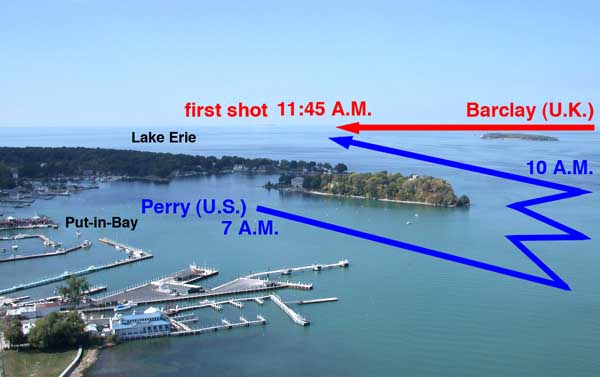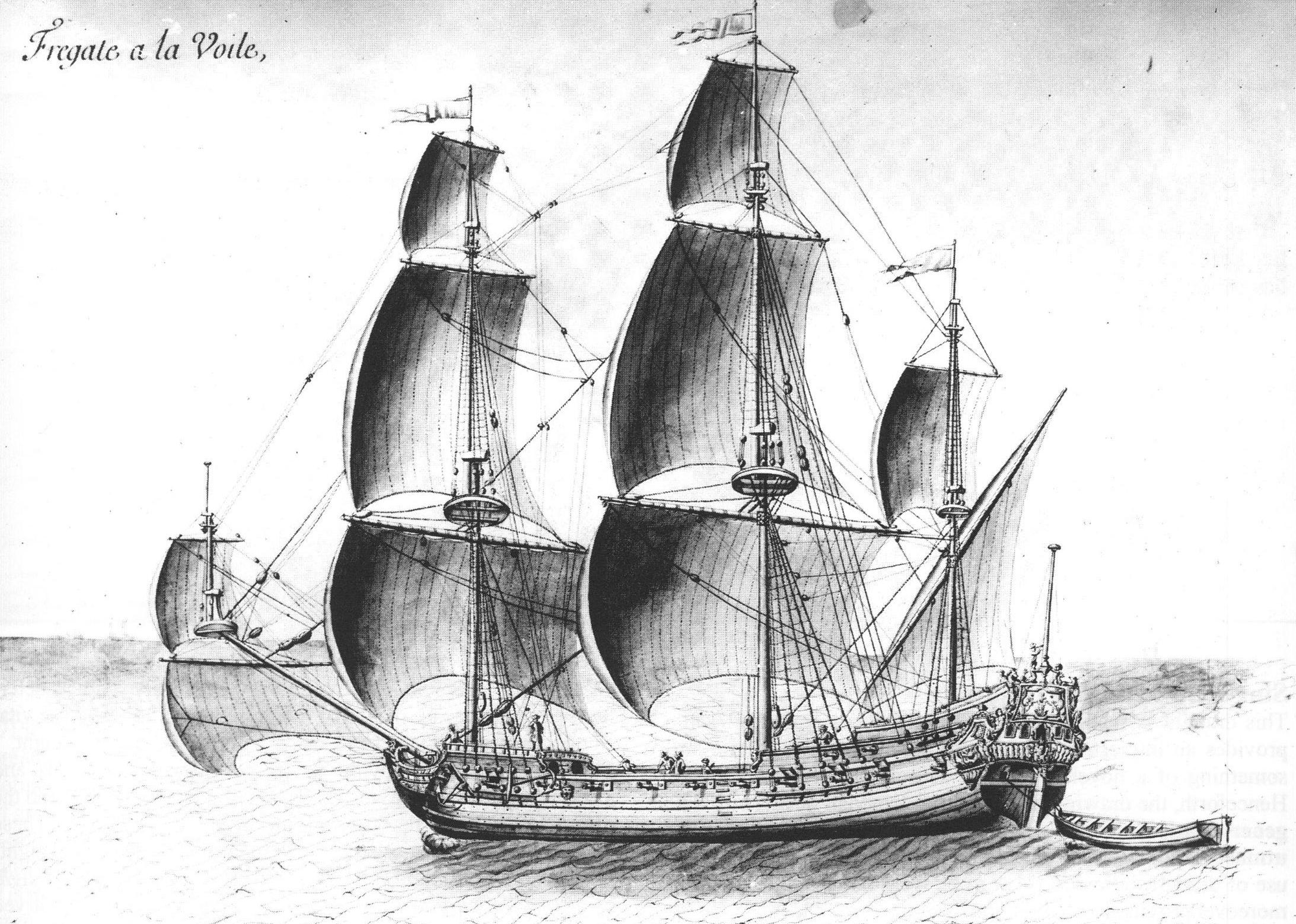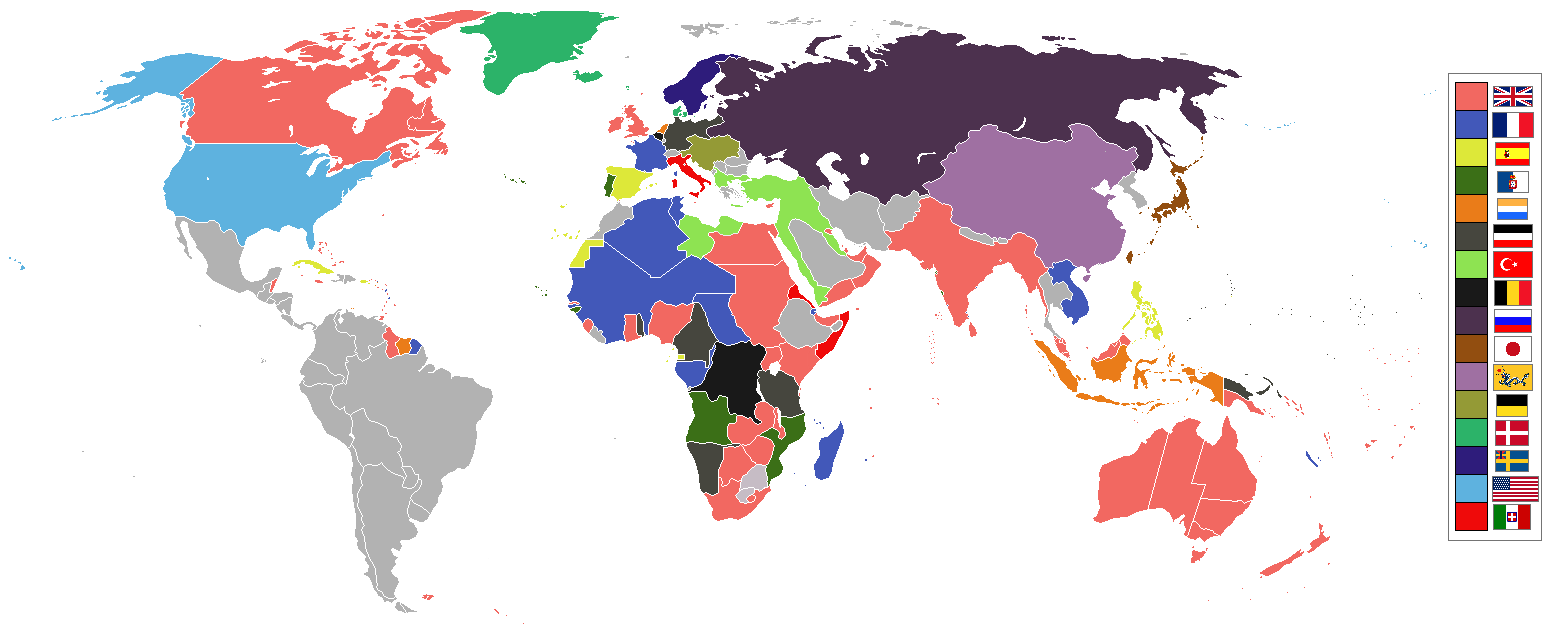|
USS Niagara
USS ''Niagara'' may refer to the following ships of the United States Navy: *, was a brig launched in 1813, and served as Oliver Hazard Perry's flagship during the Battle of Lake Erie. Sunk for preservation in 1820, she was raised in 1913 and rebuilt as for the 100th anniversary of the battle. *, was an American Civil War-era steam frigate launched in 1855 and sold in 1885 *, was a steamer, built in 1877, and acquired by the US Navy in 1898 for service in the Spanish–American War and sold in 1899 *A submarine tender named ''Niagara'' was laid down in 1911 but renamed prior to completion *, was a motor boat built in 1913 and acquired by the US Navy for World War I in 1917, and served until 1919 *, was a yacht built in 1915 and acquired by the US Navy in 1917 serving until 1922. She was later transferred to the US Coast Guard, reclassified as a USLHT, and renamed ''Poinsettia''. *, was a yacht, built in 1898 and acquired by the US Navy in 1917 and converted into an armed patro ... [...More Info...] [...Related Items...] OR: [Wikipedia] [Google] [Baidu] |
United States Navy
The United States Navy (USN) is the maritime service branch of the United States Armed Forces and one of the eight uniformed services of the United States. It is the largest and most powerful navy in the world, with the estimated tonnage of its active battle fleet alone exceeding the next 13 navies combined, including 11 allies or partner nations of the United States as of 2015. It has the highest combined battle fleet tonnage (4,635,628 tonnes as of 2019) and the world's largest aircraft carrier fleet, with eleven in service, two new carriers under construction, and five other carriers planned. With 336,978 personnel on active duty and 101,583 in the Ready Reserve, the United States Navy is the third largest of the United States military service branches in terms of personnel. It has 290 deployable combat vessels and more than 2,623 operational aircraft . The United States Navy traces its origins to the Continental Navy, which was established during the American Re ... [...More Info...] [...Related Items...] OR: [Wikipedia] [Google] [Baidu] |
Brig
A brig is a type of sailing vessel defined by its rig: two masts which are both square-rigged. Brigs originated in the second half of the 18th century and were a common type of smaller merchant vessel or warship from then until the latter part of the 19th century. In commercial use, they were gradually replaced by fore-and-aft rigged vessels such as schooners, as owners sought to reduce crew costs by having rigs that could be handled by fewer men. In Royal Navy use, brigs were retained for training use when the battle fleets consisted almost entirely of iron-hulled steamships. Brigs were prominent in the coasting coal trade of British waters. 4,395 voyages to London with coal were recorded in 1795. With an average of eight or nine trips per year for one vessel, that is a fleet of over 500 colliers trading to London alone. Other ports and coastal communities were also be served by colliers trading to Britain's coal ports. In the first half of the 19th century, the vast majority ... [...More Info...] [...Related Items...] OR: [Wikipedia] [Google] [Baidu] |
Oliver Hazard Perry
Oliver Hazard Perry (August 23, 1785 – August 23, 1819) was an American naval commander, born in South Kingstown, Rhode Island. The best-known and most prominent member of the Perry family naval dynasty, he was the son of Sarah Wallace Alexander and United States Navy Captain Christopher Raymond Perry, and older brother of Commodore Matthew C. Perry. Perry served in the West Indies during the Quasi War of 1798–1800 against France, in the Mediterranean during the Barbary Wars of 1801–1815, and in the Caribbean fighting piracy and the slave trade, but is most noted for his heroic role in the War of 1812 during the 1813 Battle of Lake Erie. During the war against Britain, Perry supervised the building of a fleet at Erie, Pennsylvania. He earned the title "Hero of Lake Erie" for leading American forces in a decisive naval victory at the Battle of Lake Erie, receiving a Congressional Gold Medal and the Thanks of Congress. Bloom, Page essay His leadership materially aid ... [...More Info...] [...Related Items...] OR: [Wikipedia] [Google] [Baidu] |
Flagship
A flagship is a vessel used by the commanding officer of a group of naval ships, characteristically a flag officer entitled by custom to fly a distinguishing flag. Used more loosely, it is the lead ship in a fleet of vessels, typically the first, largest, fastest, most heavily armed, or best known. Over the years, the term "flagship" has become a metaphor used in industries such as broadcasting, automobiles, education, technology, airlines, and retail to refer to their highest profile or most expensive products and locations. Naval use In common naval use, the term ''flagship'' is fundamentally a temporary designation; the flagship is wherever the admiral's flag is being flown. However, admirals have always needed additional facilities, including a meeting room large enough to hold all the captains of the fleet and a place for the admiral's staff to make plans and draw up orders. Historically, only larger ships could accommodate such requirements. The term was also used b ... [...More Info...] [...Related Items...] OR: [Wikipedia] [Google] [Baidu] |
Battle Of Lake Erie
The Battle of Lake Erie, sometimes called the Battle of Put-in-Bay, was fought on 10 September 1813, on Lake Erie off the shore of Ohio during the War of 1812. Nine vessels of the United States Navy defeated and captured six vessels of the British Royal Navy. This ensured American control of the lake for the rest of the war, which in turn allowed the Americans to recover Detroit and win the Battle of the Thames to break the Native Americans in the United States, Indian confederation of Tecumseh. It was one of the biggest naval battles of the War of 1812. Background 1812 When the war broke out, the British immediately seized control of Lake Erie. They already had a small force of warships there: the sloop-of-war and the brig HMS Hunter (1812), ''General Hunter''. The schooner was under construction and was put into service a few weeks after the outbreak of war. These vessels were controlled by the Canadian Units of the War of 1812#The Provincial Marine, Provincial Marine, w ... [...More Info...] [...Related Items...] OR: [Wikipedia] [Google] [Baidu] |
American Civil War
The American Civil War (April 12, 1861 – May 26, 1865; also known by other names) was a civil war in the United States. It was fought between the Union ("the North") and the Confederacy ("the South"), the latter formed by states that had seceded. The central cause of the war was the dispute over whether slavery would be permitted to expand into the western territories, leading to more slave states, or be prevented from doing so, which was widely believed would place slavery on a course of ultimate extinction. Decades of political controversy over slavery were brought to a head by the victory in the 1860 U.S. presidential election of Abraham Lincoln, who opposed slavery's expansion into the west. An initial seven southern slave states responded to Lincoln's victory by seceding from the United States and, in 1861, forming the Confederacy. The Confederacy seized U.S. forts and other federal assets within their borders. Led by Confederate President Jefferson ... [...More Info...] [...Related Items...] OR: [Wikipedia] [Google] [Baidu] |
Frigate
A frigate () is a type of warship. In different eras, the roles and capabilities of ships classified as frigates have varied somewhat. The name frigate in the 17th to early 18th centuries was given to any full-rigged ship built for speed and maneuverability, intended to be used in scouting, escort and patrol roles. The term was applied loosely to ships varying greatly in design. In the second quarter of the 18th century, the 'true frigate' was developed in France. This type of vessel was characterised by possessing only one armed deck, with an unarmed deck below it used for berthing the crew. Late in the 19th century (British and French prototypes were constructed in 1858), armoured frigates were developed as powerful ironclad warships, the term frigate was used because of their single gun deck. Later developments in ironclad ships rendered the frigate designation obsolete and the term fell out of favour. During the Second World War the name 'frigate' was reintroduced to ... [...More Info...] [...Related Items...] OR: [Wikipedia] [Google] [Baidu] |
Steamship
A steamship, often referred to as a steamer, is a type of steam-powered vessel, typically ocean-faring and seaworthy, that is propelled by one or more steam engines that typically move (turn) propellers or paddlewheels. The first steamships came into practical usage during the early 1800s; however, there were exceptions that came before. Steamships usually use the prefix designations of "PS" for ''paddle steamer'' or "SS" for ''screw steamer'' (using a propeller or screw). As paddle steamers became less common, "SS" is assumed by many to stand for "steamship". Ships powered by internal combustion engines use a prefix such as "MV" for ''motor vessel'', so it is not correct to use "SS" for most modern vessels. As steamships were less dependent on wind patterns, new trade routes opened up. The steamship has been described as a "major driver of the first wave of trade globalization (1870–1913)" and contributor to "an increase in international trade that was unprecedented in hu ... [...More Info...] [...Related Items...] OR: [Wikipedia] [Google] [Baidu] |
Spanish–American War
, partof = the Philippine Revolution, the decolonization of the Americas, and the Cuban War of Independence , image = Collage infobox for Spanish-American War.jpg , image_size = 300px , caption = (clockwise from top left) , date = April 21 – August 13, 1898() , place = , casus = , result = American victory * Treaty of Paris of 1898 *Founding of the First Philippine Republic and beginning of the Philippine–American War * Spain sells to Germany the last colonies in the Pacific in 1899 and end of the Spanish Empire in America and Asia. , territory = Spain relinquishes sovereignty over Cuba; cedes Puerto Rico, Guam and the Philippine Islands to the United States. $20 million paid to Spain by the United States for infrastructure owned by Spain. , combatant1 = United States * Philippine Revolutionary Army , combatant2 = Spain * Cuba * Philippine ... [...More Info...] [...Related Items...] OR: [Wikipedia] [Google] [Baidu] |
Submarine Tender
A submarine tender is a type of depot ship that supplies and supports submarines. Development Submarines are small compared to most oceangoing vessels, and generally do not have the ability to carry large amounts of food, fuel, torpedoes, and other supplies, nor to carry a full array of maintenance equipment and personnel. The tender carries all these, and either meets submarines at sea to replenish them or provides these services while docked at a port near the area where the submarines are operating. In some navies, the tenders were equipped with workshops for maintenance, and as floating dormitories with relief crews. With the increased size and automation of modern submarines, plus in some navies the introduction of nuclear power, tenders are no longer as necessary for fuel as they once were. Canada Canada's first Submarine Depot Ship was . Chile The term used in the Chilean Navy is "submarine mother ship", as for example the BMS (buque madre de submarinos) ''Almirant ... [...More Info...] [...Related Items...] OR: [Wikipedia] [Google] [Baidu] |
Motor Boat
A motorboat, speedboat or powerboat is a boat that is exclusively powered by an engine. Some motorboats are fitted with inboard engines, others have an outboard motor installed on the rear, containing the internal combustion engine, the gearbox and the propeller in one portable unit. An inboard-outboard contains a hybrid of an inboard and an outboard, where the internal combustion engine is installed inside the boat, and the gearbox and propeller are outside. There are two configurations of an inboard, V-drive and direct drive. A direct drive has the powerplant mounted near the middle of the boat with the propeller shaft straight out the back, where a V-drive has the powerplant mounted in the back of the boat facing backwards having the shaft go towards the front of the boat then making a ''V'' towards the rear. Overview A motorboat has one or more engines that propel the vessel over the top of the water. Boat engines vary in shape, size, and type. Engines are installe ... [...More Info...] [...Related Items...] OR: [Wikipedia] [Google] [Baidu] |
World War I
World War I (28 July 1914 11 November 1918), often abbreviated as WWI, was List of wars and anthropogenic disasters by death toll, one of the deadliest global conflicts in history. Belligerents included much of Europe, the Russian Empire, the United States, and the Ottoman Empire, with fighting occurring throughout Europe, the Middle East, Africa, the Pacific Ocean, Pacific, and parts of Asia. An estimated 9 million soldiers were killed in combat, plus another 23 million wounded, while 5 million civilians died as a result of military action, hunger, and disease. Millions more died in Genocides in history (World War I through World War II), genocides within the Ottoman Empire and in the Spanish flu, 1918 influenza pandemic, which was exacerbated by the movement of combatants during the war. Prior to 1914, the European great powers were divided between the Triple Entente (comprising French Third Republic, France, Russia, and British Empire, Britain) and the Triple A ... [...More Info...] [...Related Items...] OR: [Wikipedia] [Google] [Baidu] |








